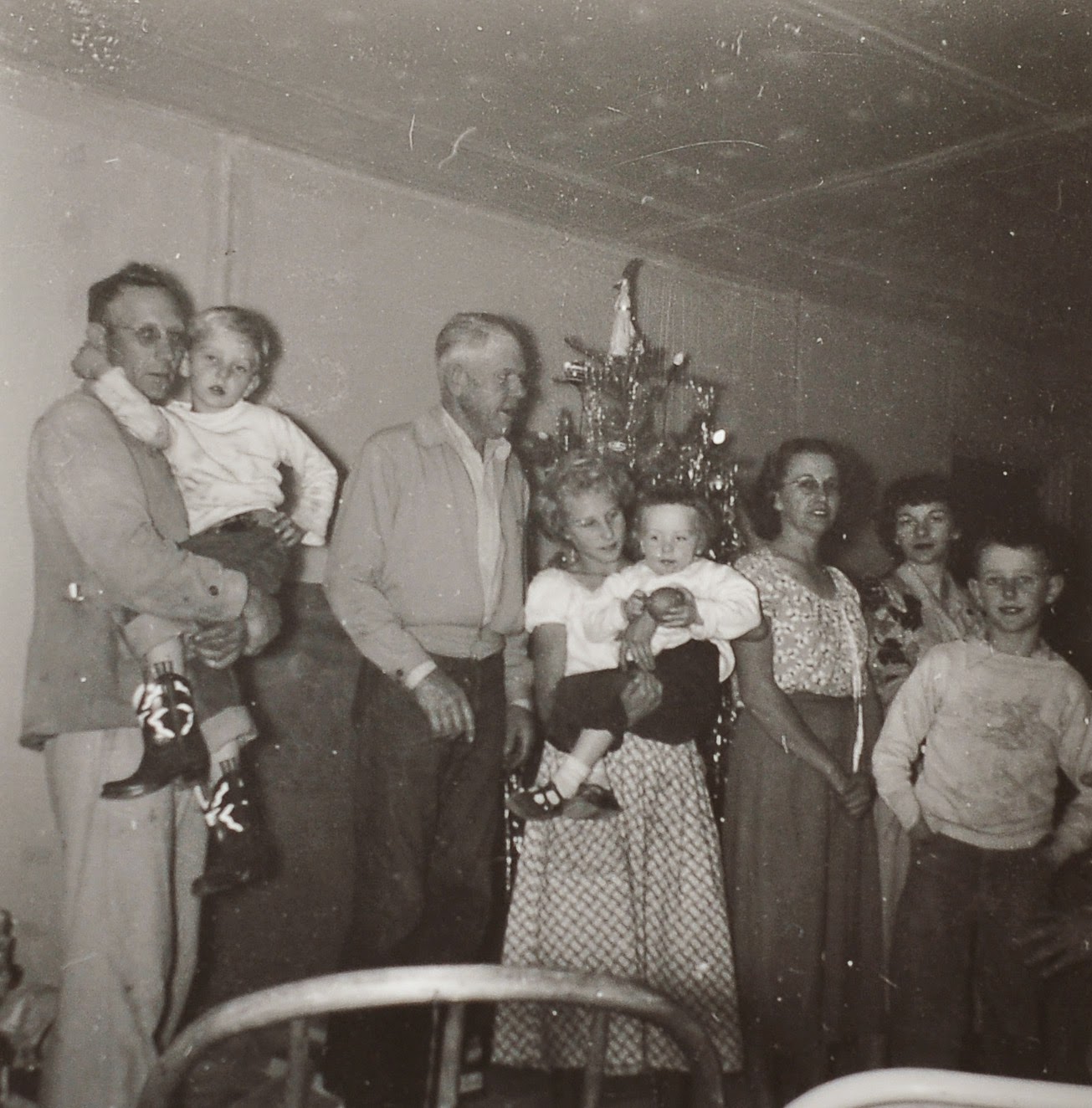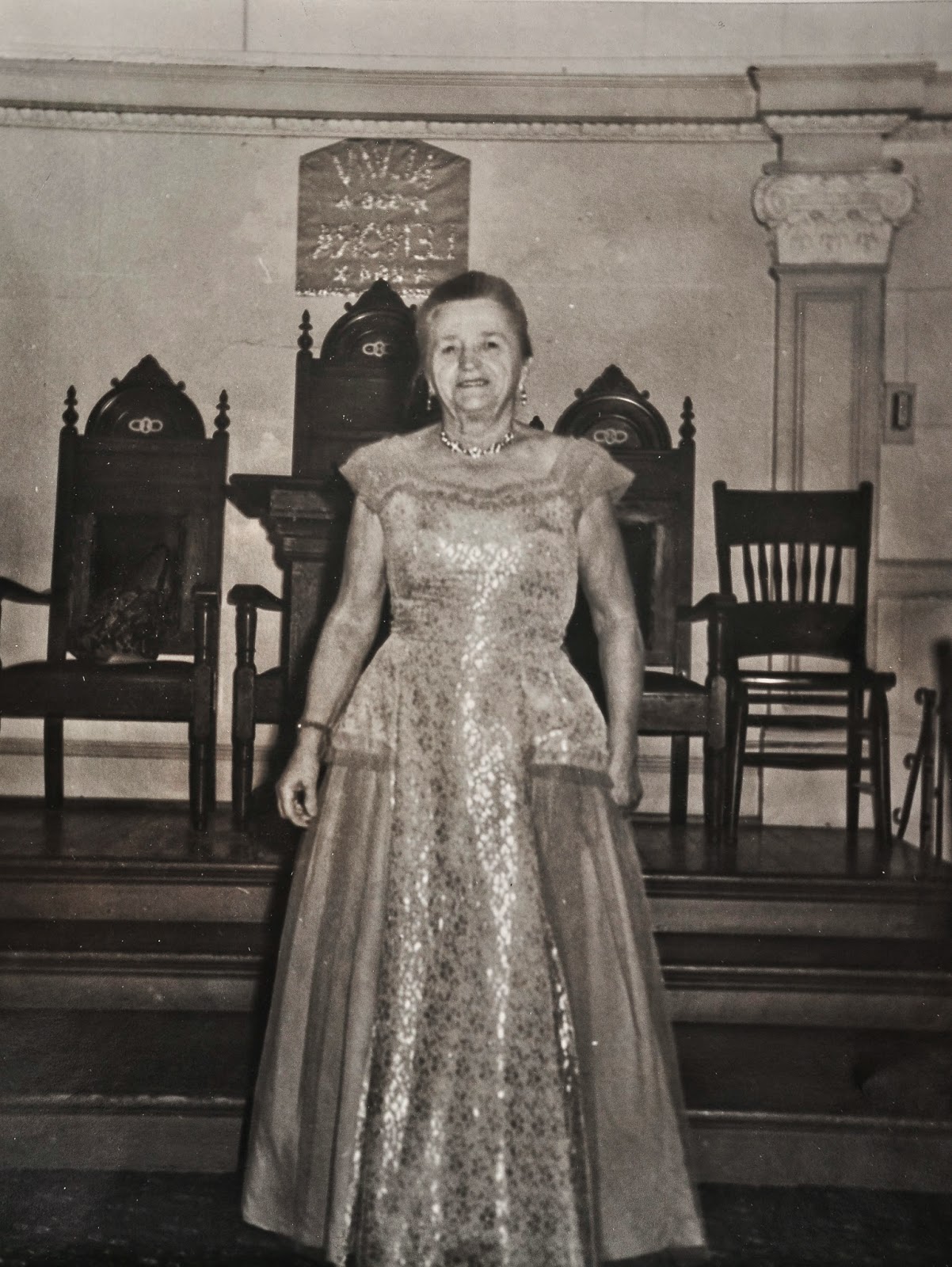Possibly 130 Film Negative - Medium Format
220 Film Negative - Medium Format
126 Film Negative - Medium Format (barely)
Being the family historian is one thing, but also being one of our photographer's in our family is a whole other madness. I love taking photos. I have been taking them for years but bought my first real serious camera in 2009, a digital SLR by Nikon. I have used it to capture so many events and portraits; babies stuffing their faces with cake; weddings; graduations; baby showers and many travels. It's documented so much of who I am. I'd be lost without it.
While photographing all these great current events and times will leave a rich and colorful footprint for my future ancestors, some may not fully understand how photography plays a very large role regarding genealogy and our past ancestors. Probably the most precious of items while researching your family history is having a photo of your ancestors. It changes the game in a completely different way and breathes life into your research.
Photography is still a new technology, in genealogical terms. It goes back roughly 170-180 years, so at most, and if we are lucky, we could have a photograph of an ancestor from possibly the 1840's an onward (photography had been around slightly earlier, but the likelihood of any of them surviving are very far and few between - and if they did survive, they could be in a museum). That means if that ancestor was in their 60's, 70's or 80's then probably the oldest photographed ancestor would have been born in 1760-1780. It's remarkable that we could have a photograph of someone who was born in the 1700's.
If you do have a photograph this old, it is more known as a Daguerreotype or a tin type.These were the most popular types during the 1840's through the 1860's. The tin type was used more frequently after the Civil War and into the early part of the 20th Century. Silver gelatin prints on paper (or glass) then became more popular during the early 1900's and lasting throughout the 1930's and 1940's. Regular prints with ink, as we known them today, are what people have been using since the 1940's and onward, especially with the advent of more user friendly cameras like the Eastman Kodak "Brownie" camera, which were very popular up until the 1960's.
Of course there have been other methods of photography that people have used during a slight surge in popularity due to novelty reasons, for example:
- Polaroids
- Photo Booth photos
- Single Lens Reflex (SLR) camera photos (for the more intermediate photographer in the family - these were mostly 35mm)
- Kodachrome film photos (these photos were known to capture vibrant colors during the 1930's up until it's demise in 2009)
- Slides (Nowadays these often are converted into photos in order to preserve them)
Due to certain cameras and the kind of film they used, you may hear of terms such as medium format and large format. You may also come across negatives that are much larger than your more common 35mm and 110 film negatives (widely used during the 1970's throughout the 1990's).
Negatives that are medium format are what you see throughout the early 1900's up until the 1960's - These often included 120 and 220 film #'s.
Negatives that are large format are what you see throughout the late 1890's and part of the early 20th century (they were very large, imagine them being about the size of a 5x7 or even an 8x10 photo). Think of the very crisp Ansel Adams photographs you often see. Those are from large format cameras. They took incredible photographs and the clarity can't be beat, even in our current digital era.
Now that we have a very brief understanding of the film types and formats, including the very popular cameras of the last 180 years, lets bring ourselves to present in how we should handle these remarkable (and fragile) pieces of history.
In my next post, we will discuss handling and storage techniques of negatives, ways to "develop" them that are cost effective, and how to "invert" the image so it's now a positive image.
Now that we have a very brief understanding of the film types and formats, including the very popular cameras of the last 180 years, lets bring ourselves to present in how we should handle these remarkable (and fragile) pieces of history.
In my next post, we will discuss handling and storage techniques of negatives, ways to "develop" them that are cost effective, and how to "invert" the image so it's now a positive image.





































%2C%2B1904%2C%2BWishek%2C%2BND.jpg)



















